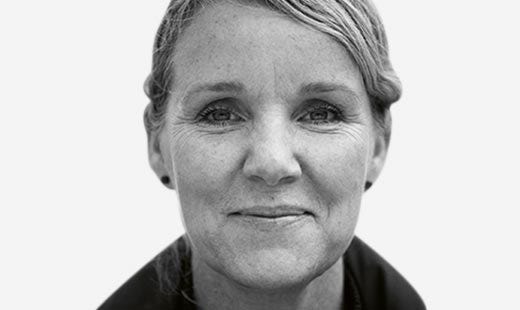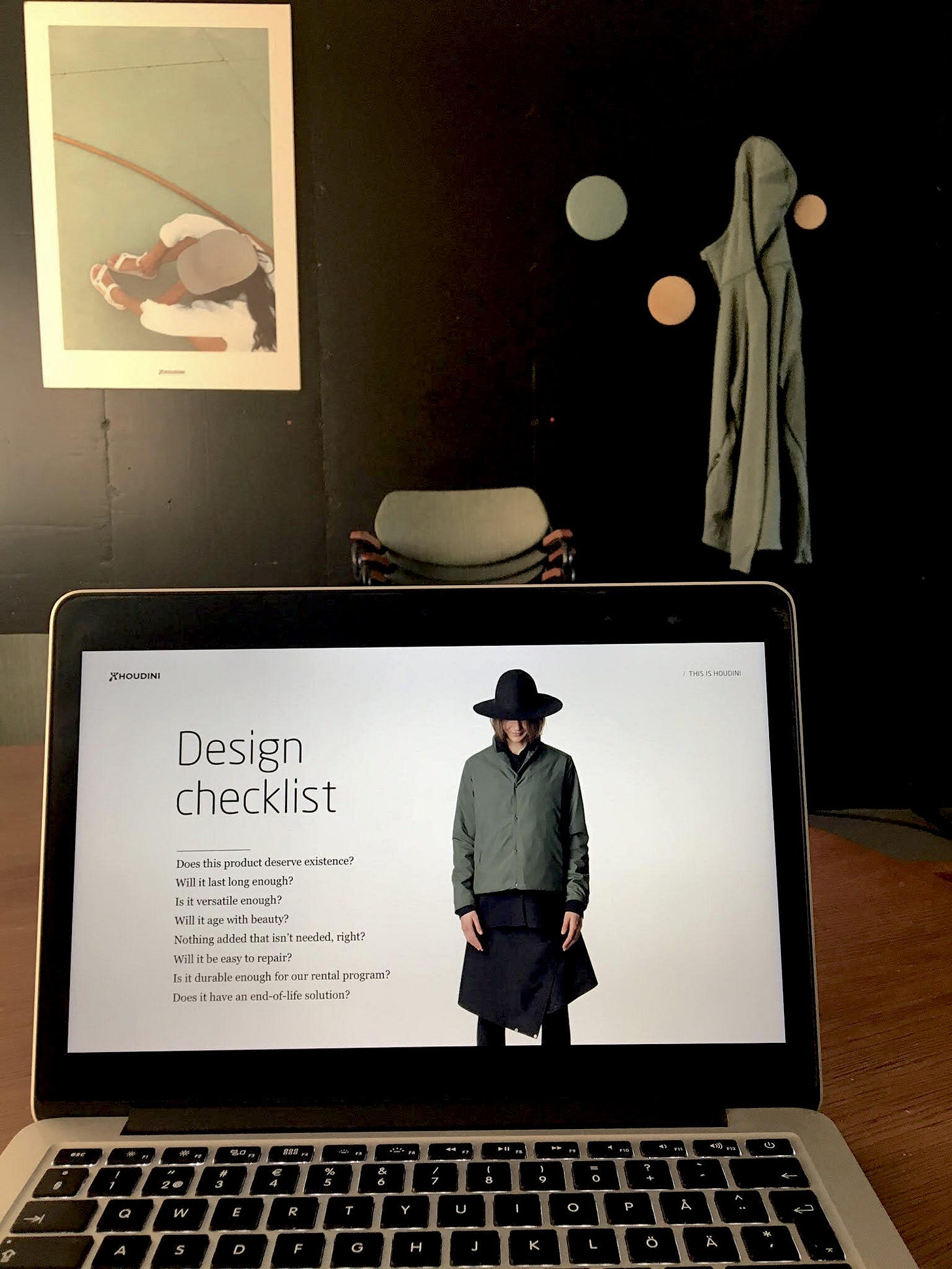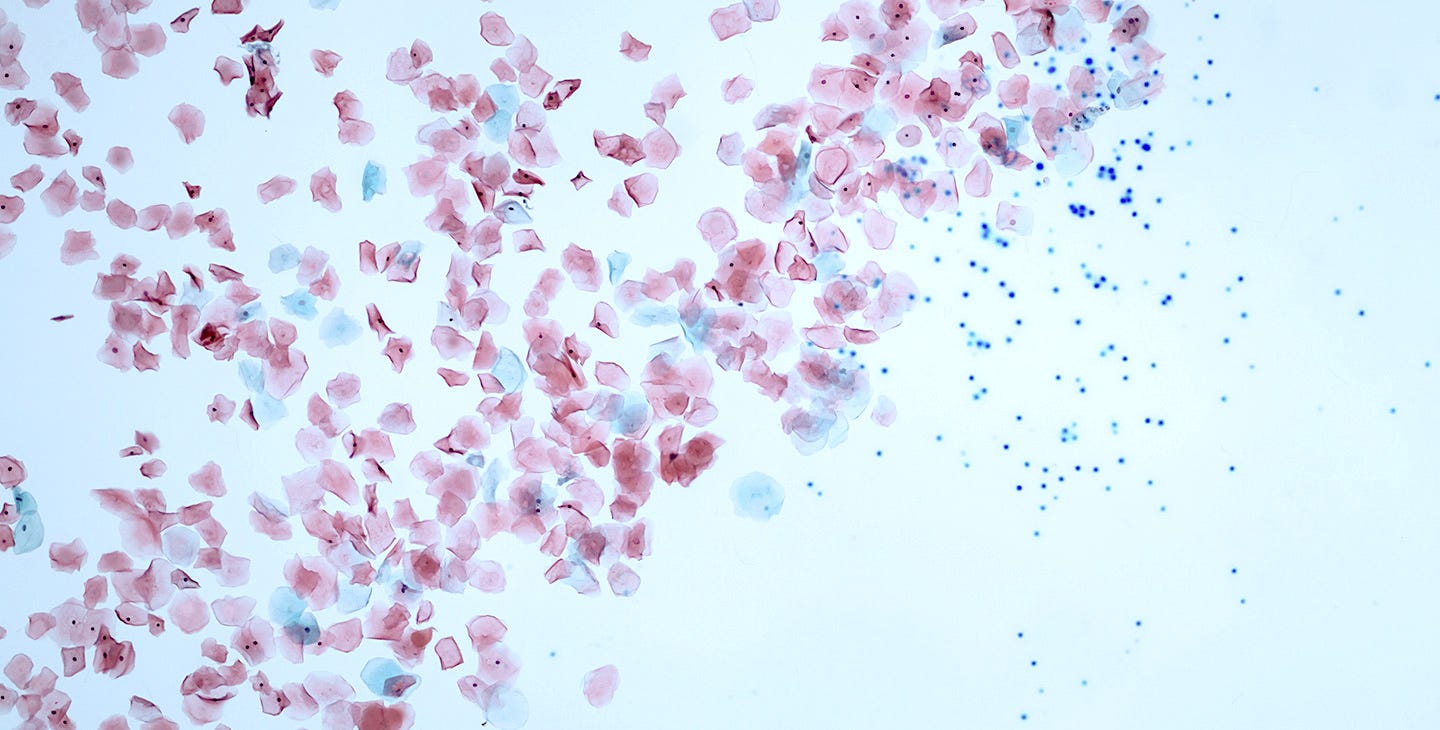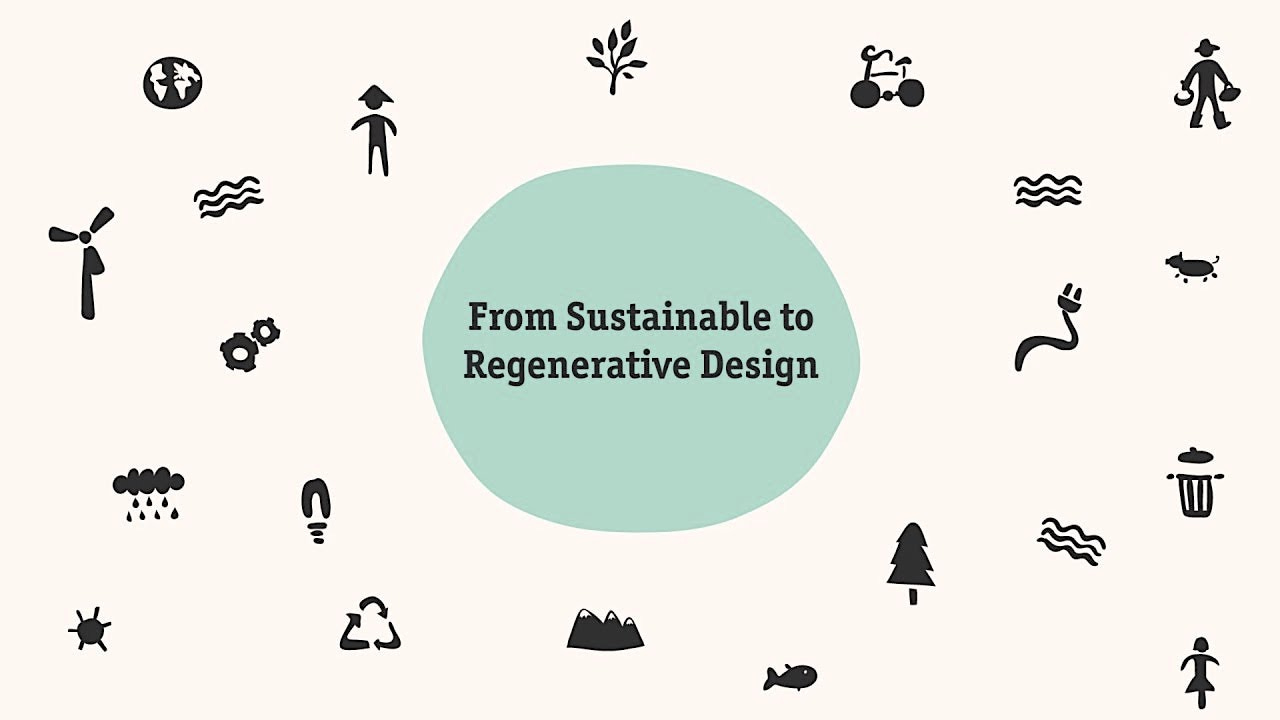Houdini Sportswear AB, a Swedish outdoor brand based in Stockholm have managed to build a base of loyal customers in 19 markets. With competitors like Patagonia, North Face and Arcteryx it’s an extremely challenging market space to say the least.
I’ve been extremely curious for quite some time to inquire how they’ve managed to build a global brand in this squeezed market space with extremely small marketing resources. We’re talking close to zero budget. I mean, who wouldn’t be curious?
So naturally i made an effort to get hold of Eva Karlsson, the multi awarded - and busy - CEO of Houdini Sportswear to quench my curiosity.

Image: Suston
Awaiting her answer patiently, i was truly pleased when she finally agreed to receive me out in their headquarters in Nacka, after we bumped in to each other at the co-working arena United Spaces in Stockholm, where she performed a brilliant seminar together with her friend Anders Wijkman, hosted by the leadership coach Göran Gennvi from Naturakademin.
I came carefully prepared with a battery of 10 questions, of which Eva ended up answering two - and a half. Which turned out to be a blessing in disguise.
Instead of sticking to the script we got caught up in a highly inspirational and energetic conversation covering the topic how Houdini are able to simultaneously learn and act in real time.
It really gets down to one basic driving force; CARE.
Systems Design At Heart
Eva explained that Houdini’s success basically boils down to the design process. Of course designing and producing the actual products that will be put up for sale, but more importantly; Systems design.
Materials, function, production and manufacturing, transports and logistics, how the final products are sold and taken care of after their expiry date. All of these are considered and designed with the greatest care and responsibility for the products life cycle - and naturally; how they are impacting our planet.
Eva tells me that the Houdini designers use a basic checklist (image below) on Circular Design to determine if the produce is really worth launching to the marketplace, on basis of how well it’s matching a circular approach and end-of-life cycle.

The Circular Design Checklist. Source ->
The team of designers ask themselves the following questions:
Does this product deserve existence?
Is it versatile enough?
Will it age with beauty?
Nothing added that isn’t needed, right?
With this type of attention and care to detail it’s not hard to imagine that their brand has gone viral, without relying on the necessary dollars to fund the traditional marketing funnel.
Customers who care, tend to tell their story to other potential buyers. A natural cycle.
Eva on Business within Boundaries at the Stockholm Resilience Center back in 2017.
The Micro Plastics Challenge
One of the big issues Houdini currently are struggling with is how micro plastics are becoming a global environmental hazard, with respect of how much micro plastics leak out into the water when we wash our clothes. We tend to do our laundry fairly often. Especially sportswear which tend to get sweaty and smelly when we move around pursuing strenuous physical activity.

Micro Plastics. Image: Mitte
To meet this challenge head on, continuous learning is likely to play key part developing the design and systems thinking process further.
Eva explained to me that the major part of the design team are located at their head office in Nacka. The team hold regular sessions to discuss design challenges, both from a product as well as systems design perspective.
A key strategy is to pursue a systems perspective enabling rapid zooming in and zooming on the development going on around them. This is however still a somewhat spontaneous and non-structured practice and process Eva admits.
Here is an article from the leading Swedish economy newspaper Dagens Industri, from May 2019, explaining where Houdini is aiming to next. Article in Swedish only!
People As A Resource For Good
But the big factor which genuinely determines how well the design team are able to continuously offer new innovative and more sustainable solutions across the board, comes down to the recruitment and on-boarding process of new employees, Eva explains.
I asked her; “How come’?
The answer turns out to be a pretty straight forward one. It boils down to culture and cultivating a sense of the bigger purpose.
When it comes to learning internally, what the brand should focus on at a specific point in time, it boils down to how well the ‘why’ is communicated to new employees and hires, she explains.
People working at Houdini are truly engaged with the systems design thinking, simply because they spend a great deal of time during the recruitment and on-boarding process when they begin working at Houdini.
This simply mean that you need to stay true to the process and the essential purpose of the whole mission. That may not always be as easy and straightforward as it sounds.
Open Innovation
As a basis for learning, sharing the findings from their research and innovative processes is one key practice to stay ahead and take responsibility, Eva reveals.
Personally, commenting as the author of this post, I believe that this is truly something that most innovative brands perhaps haven’t yet fully comprehended and taken to heart. Most brands today are still concerned with and focused on spending huge resources protecting their innovation, great ideas and what they learn. IP rights are still highly in fashion. To build a more sustainable, regenerative and healthy planet we need to go beyond ownership and share our learnings for other to improve on.
Houdini has proved that the mechanism of sharing your learnings and best ideas will eventually earn trust among customers and end users.
Another brand pops to mind; Tesla - which did exactly that by opening up and sharing their innovation with its competitors.
This in fact demonstrates how you may build global brand awareness utilizing minimal costs for marketing and brand development, as well as at the same time boosting sales. Once you begin to share what you learn and understand, not only will you come out on top as a brand, but the rest of the world will be taking part in sharing the values that you are able to create and generate.
Silos As Innovation Hubs
To close our conversation we launched ourselves into the topic of the benefit of Silos in organizations.
Eva reminded me that silos can be greatly beneficial if managed correctly.
People, especially creators, need sheltered spaces where they can make their iterations, including errors and faults as they please without getting pointed at or rushed into the next phase of the design process. This will allow them to really think out of the box and break the rules. It also generates a deeper sense of personal learning.
As a creator you also need to contemplate on a deeper level. This normally takes time!
In an environment of Open Innovation, creating and producing openly in the corporate public space, sometimes risk prohibit necessary focus and reflection and the willingness to make errors.
Creativity Unleashed
I am immensely grateful that Eva found valuable time to sit down with me, plus having the patience to constantly recover from me interrupting because I got so exited along our chat. I truly lost the sense of time. Luckily I recorded our conversation, which was a blessing.

We further elaborated on the topic of Regenerative Design. But let’s save this inquiry for our next encounter and conversation, Since this is a topic close to both our hearts and it deserves its own space.
Hopefully we’ll be able to soon meet again and continue this valuable dialogue on how organizations learn and build a thriving learning culture as you grow and expand as a global brand.
As a tiny teaser, I could perhaps wrap up by sharing what Eva revealed before our goodbye’s;
“Houdini’s online organizational learning efforts will get more resources and become one of the key focus areas during the coming year“.
Imagine the creativity unleashed for the world to get inspired by.


